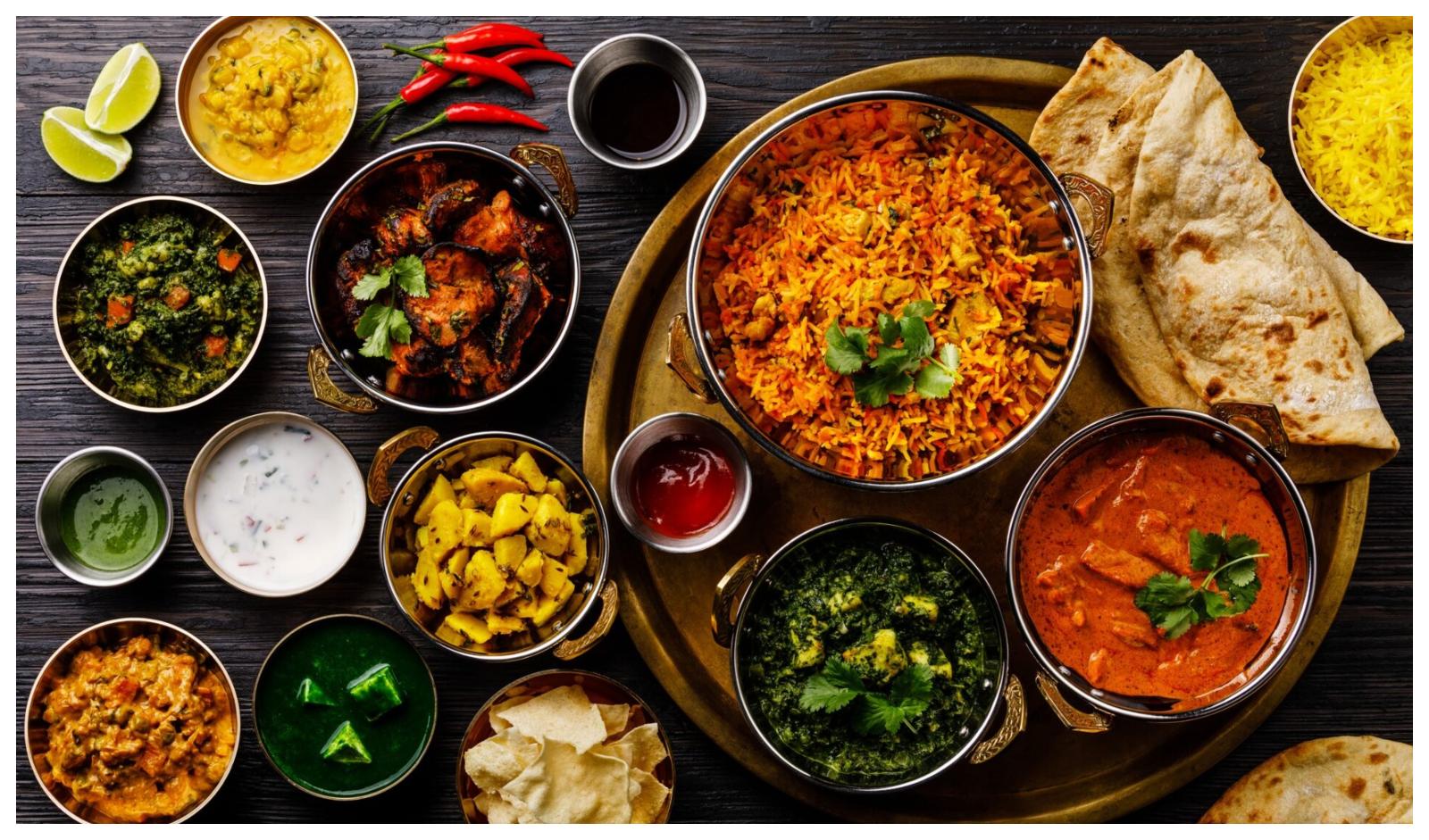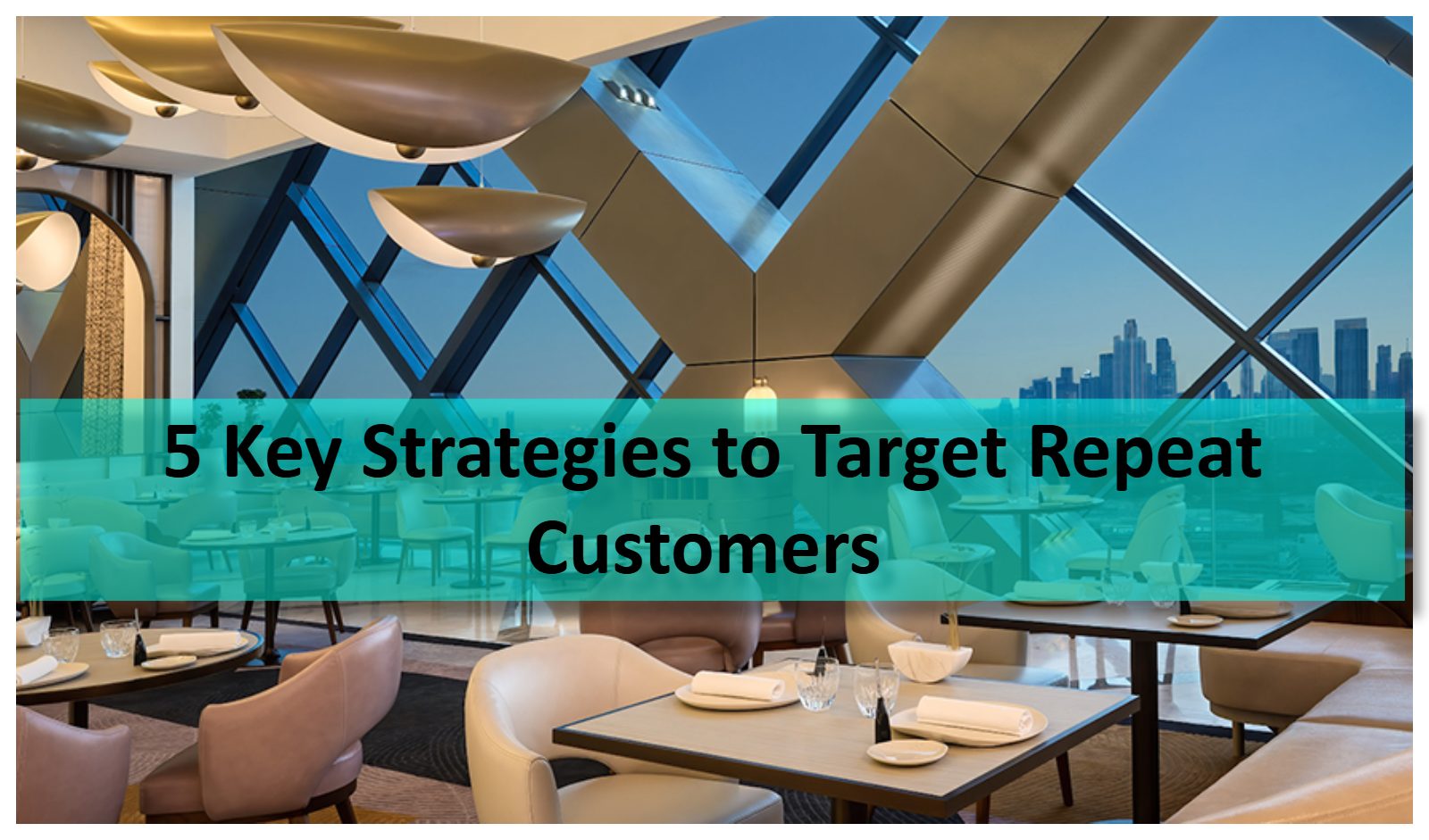
In recent years, the Indian Restaurants and Food Services Industry has emerged as one of the fastest developing sectors of the country, witnessing a healthy and generous y-o-y growth in incomes. In fact, it has even managed to remain all but unaffected by the adverse impact of the country’s economic slowdown, which has stunted the growth of several other sectors, including automobile, manufacturing, and infrastructure. Evidentially, the Indian restaurants and food services industry had an impressive market size of Rs 3.7 trillion in 2018, owing to a y-o-y growth of close to 10%, and a CAGR growth of 8.4%, between 2013 and 2018. The four major factors that have helped bring about this evolution are:
The emergence of Millennials and Gen X
Millennials and Gen X, have changed the consumption patterns of several industries and like so, the F&B industry as well. With low patience, high energy, and relatively higher income, higher cultural freedom, their spending patterns, behaviour patterns, family contexts and lifestyle has undergone substantial change as compared to the earlier generations. Cutting across SECs, there has been a huge change in the working styles and lifestyles of consumers. For working professionals, the average time spent at work or dealing with work has gone up to almost 12 hours, every day. This kind of lifestyle does not allow people time to cook each of their meals either. It has changed their consumption patterns as well. So, millennials who end up spending a major percentage of their earnings on food and beverages expect the experience of the restaurant to be completely out-of-the-box, and more than worthwhile for what they are paying. These have allowed concept restaurants, and fine dine restaurants to flourish as well.
Emergence of food aggregators
In 2017, India’s online food business industry had a market size of USD 750 million, witnessing an y-o-y revenue growth of 150% during 2016 and 2017, and an incredible CAGR of close to 140% since 2014. However, while these portals have led to the rapid growth of the online food business, it has also had a similar impact on brick-and-mortar restaurants. These aggregators offer customers a plethora of information on a wide and varied range of restaurants, serving diverse cuisines, with unique ambience and décor, while also being priced accordingly. Customers can even read reviews from other individuals and get all the requisite information online, besides being able to book their tables in advance, which has also helped enhance their convenience exponentially. In addition to this, these portals also offer businesses an opportunity to promote their establishments further, as well as to reach and connect with their customers directly, which is the best way to build goodwill and recall value.
Market expansion in Tier 2 and Tier 3 cities
The growth in disposable income, in recent years, has not only transformed customers in metro cities, but also in Tier 2 and Tier 3 cities, leading to a rise in aspirational demands from the segment. Unlike earlier, customers from these cities are growing increasingly eager to indulge in unique experiences, leveraging their increased purchasing power. However, owing to previous trends, such cities continue to have few establishments, which cater to their needs. This has presented an incredible opportunity for major players to leverage the gap in the industry, to expand their presence and tap into this huge market. This has also played a key role in creating increased job opportunities, and providing employment to a large section of people in such cities. This will help drive the growth of the economy, and further create increased opportunities for the residents, as well as other businesses, in the years to come.
Willingness to experiment
Over the past decade, Indian customers have been increasingly eager to experiment with their palates and try new and exciting specialties from all corners of the world, be it an authentic Japanese Sushi or Mexican Enchiladas, this has helped bring about a burst of innovation that is constantly driving businesses to redefine their offerings with new and exciting elements, inspired by world cuisines, cultures, and more. The direct result of this phenomenon has been the birth of a number of experimental concepts and offerings, such as fusion food, authentic country-specific delicacies, molecular gastronomy, and seasonal and festival-specific pop-ups, among others.
In the years to come, the Indian restaurant and food service industry is only expected to grow further, with the CARE Ratings projecting a growth of nearly 10.4% CAGR, during the period of 2018 and 2022, to help it reach a market size of Rs 5.5 trillion.

Airports have become the first chapter of a journey, not just the lobby to a flight. India’s terminals are busier than ever, and that scale matters for food choices. As per the Airports Authority of India, in FY24, domestic air passenger traffic rose to about 30.6 crore, up 13 percent from the previous year. When millions pass through a space built for waiting and wandering, the most memorable offer is not a generic snack; it is a plate that tastes like the city outside the glass.
What today’s traveller looks for
The post-pandemic flyer is more selective and more experience led. Hygiene cues, open kitchens, clear labelling and transparent sourcing have become default expectations, not premium features. Contactless payment and pre-order within the terminal are now common behaviour. At the same time, there is a greater appetite for discovery. Government tourism data shows domestic visits concentrated at large scale across key states, with Uttar Pradesh alone recording 478.5 million visits in 2023. That movement has widened palates and built confidence to try regional specials at the airport, not just familiar global menus. A well-run regional counter turns the wait before boarding into a short, safe tasting session of the city.
Gen Z and millennial travellers are amplifying this shift. Food discovery now starts on phones before it reaches the counter. Short videos and reels, map-based recommendations and creator lists push demand toward specific dishes and small brands. This cohort looks for provenance, plant-forward options, millets, low-waste packaging and stories they can share. If a terminal offers a Kolhapurimisal that tastes right, a Kumaonibhattkichurkani with smart plating, or a fresh toddy-shop style prawn curry at Kochi, it will find its way onto social feeds before the aircraft blocks out. Word of mouth becomes a repeat driver, especially on busy metro routes.
Why regional works for business, not just nostalgia
Regional cuisine is a practical differentiator. It helps airports avoid menu sameness while supporting local micro and small enterprises that are already organized at scale on the Udyam portal. Shorter supply lines improve freshness and reduce stock-outs. Central prep with regional recipes keeps consistency high even during peaks. For concessionaires, a tight core of always-on hero dishes anchored to the catchment area can be priced across tiers, from quick entry-point snacks to premium plates that justify a small uplift through provenance and portion.
Airports can borrow that playbook to curate “carry-on friendly” assortments: vacuum-sealed mithai, GI-linked spices and teas, ready-to-drink filter coffee, artisanal crisps and condiments. Done right, takeaway turns a last-minute browse into a premium basket.
The post-pandemic reset also favors regional supply. Disruptions made large chains rethink long logistics. Local producers and MSMEs proved more resilient for staples and fresh components. Bringing them into airport contracts creates dependable offtake for the region and builds a stable farm-to-terminal chain that can flex in peak seasons and festivals. Measured well, this becomes a local development lever that still meets the operational standards of a national hub.
How to make it work
Success depends on discipline, not just romance. Start with dishes that truly define the first ring of the airport’s catchment and travel well from kitchen to counter. Build a compact menu with clear day-part cues so training sticks and service stays quick. Keep hygiene signals visible and FSSAI labelling consistent to reassure first-time tasters. Price for breadth, with one honest entry option and one flagship plate in each category. Use data to tune the offer: attach rates by hour, repeat purchase by route, waste reduction from local sourcing, and social mentions that tie the dish to the terminal by name. As volumes stabilize, extend regional items into lounges, forecourts and pre-order, and rotate seasonal pop-ups for return flyers.
The biggest mindset shift is to see food as identity, not just inventory. A terminal that serves a real taste of its city earns higher recall and stronger spend without adding heavy capex. It supports local producers, gives younger travellers something they want to share and gifts departing passengers a way to take the region along. With domestic aviation on a steady upswing and tourism patterns deepening across states, regional cuisine is the rare idea that satisfies travellers, strengthens local economies and improves operating metrics. The next phase of airport F&B in India will belong to terminals that taste like where they stand—and package that taste so it can travel.

In today’s competitive market scenario, winning a customer is a task. What helps in the long run is nurturing the repeat customers to drive-in for more businesses. For this, every aspect plays an important role. From attention-to-detail to personalized experiences and timely engagements.
Delivering Exceptional Customer Experience
Consistency is king. Customers return when they know they can rely on the quality of your product or service. But consistency alone isn’t enough as personalization makes them feel seen and valued.
“We believe this begins at the ground level, with a highly motivated and well-trained team that takes genuine interest in making guests feel special. We invest extensively in the training and development of both our front-of-house staff and chefs, ensuring they are empowered to create memorable experiences,” mentioned Aman Talreja, Co-Founder, FARRO, Pune.
Sharing his views, Rohit Dadlani, Co-Founder, Pause, Mumbai said, “We believe repeat visits go beyond food, they are driven by feeling. Our focus is on creating a lifestyle experience where guests slow down, enjoy soulful plant-based food, and feel part of a community.”
Implementing Loyalty and Reward Programs
Loyalty programs are a proven way to encourage repeat business. Points-based systems allow customers to earn rewards for each purchase, while tiered rewards create incentives for frequent engagement. Exclusive offers, early access to new products, or birthday perks give customers a sense of recognition and belonging, making them more likely to return.
Customer loyalty is more about service and communication as it is about creativity and consistency. Akshay Anand, Founder, Cosy Box Delhi stressed that their focus is to make every customer interaction whether it’s online or offline, an experience worth repeating. These moments of surprise encourage not only repeat visits but also positive word-of-mouth.
Engaging Customers through Communication
Regular and meaningful communication keeps your brand top-of-mind. Email marketing allows you to send personalized follow-ups, product recommendations, and promotions. Quick alerts via SMS or messaging apps can remind customers of new offerings or events.
Talreja added, “Our regular patrons are engaged through special dinners, wine tastings, and exclusive previews, allowing them to feel part of a larger community. This sense of belonging ensures that loyalty is not transactional but rooted in relationships.”
“From a consistency standpoint, we prioritize seamless service and attention to detail, ensuring every visit feels personalized and warm. Our teams are trained to actively gather feedback, which not only helps us improve but also makes customers feel heard and valued,” noted Anand who further emphasized those limited time offers, exclusive events, and special memberships also give our repeat guests a sense of belonging and exclusivity.
Building an Emotional Connection
Customers are loyal to brands they resonate with emotionally. Share your brand story, values, and purpose to foster a sense of connection. Create communities through clubs, events, or social platforms that allow customers to engage not just with your brand, but with each other.
Putting up his viewpoints, Dadlani noted, “Our team makes an effort to remember guest preferences and add small touches of warmth that turns visits into relationships. We are increasingly pivoting into storytelling-led marketing to build a community that sees pause as part of their lifestyle.For us, retaining the customers isn’t about discounts or gimmicks. It’s about a meaning.”
Highlighting his views, Nirav A Rajani, Partner & Founder of Gaia said, “On the engagement front, we actively listen. Many of our experimental dishes are born out of conversations with guests, their feedback, and even their challenges when dining vegetarian. That exchange of ideas makes them feel part of our journey, and that sense of belonging is invaluable.”
Highly motivated staff
Driving repeat business starts from ground level, with a highly motivated and well-trained team that takes genuine interest in making guests feel special.
“We invest extensively in the training and development of both our front-of-house staff and chefs, ensuring they are empowered to create memorable experiences. This, in our view, holds greater value than discounts or freebies, as true satisfaction comes from how a guest is made to feel,” commented Talreja.
So, repeat business not just focuses on transactions, but on relationships. These businesses can turn one-time customers into lifelong advocates. Every interaction is an opportunity to reinforce trust, create value, and foster a bond that keeps customers coming back.
Copyright © 2009 - 2025 Restaurant India.











